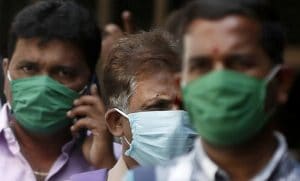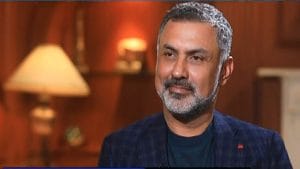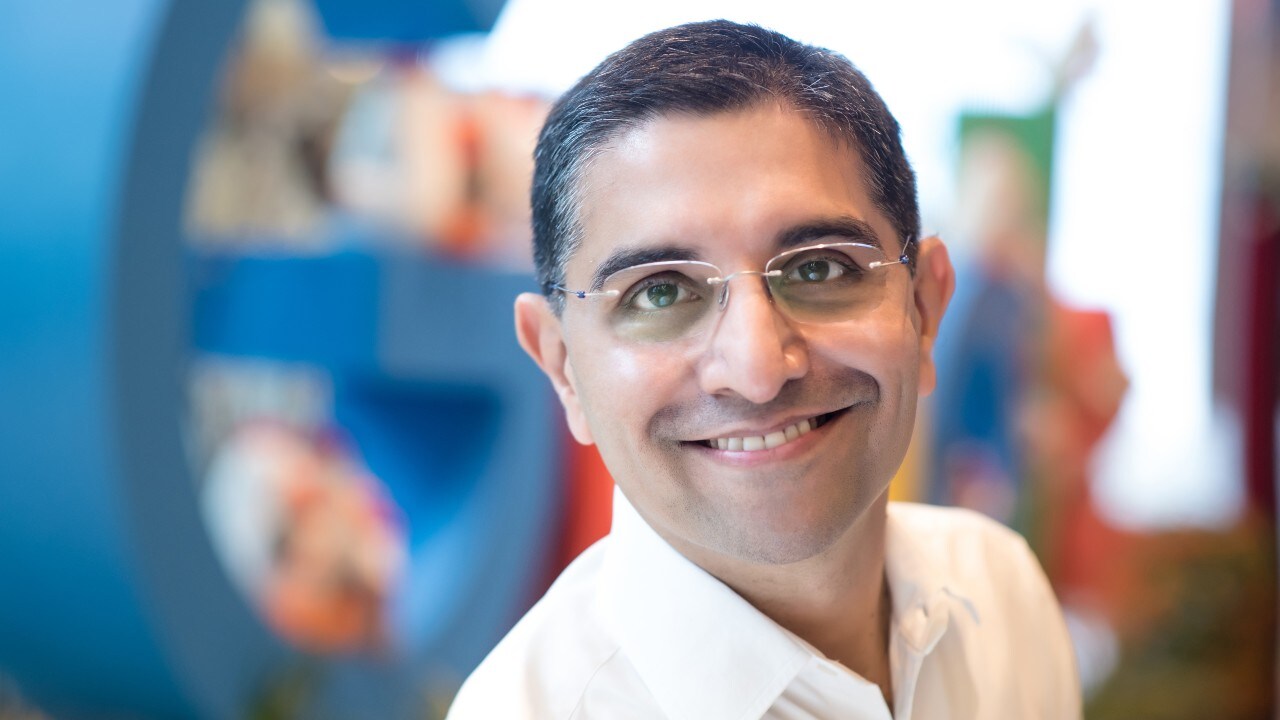China relaxing COVID norms raises concerns about ‘deaths in millions’ and new virus mutations
Summary
China COVID-19 latest news: An abrupt end to the zero-COVID policy has reportedly led to widespread infections, overwhelming hospitals and overburdening cemeteries in China.
China imposed a strict zero-COVID policy, to mitigate the risk of infection spread, but it backfired. After nationwide protests over the policy, China then was forced to start relaxing its norms but even this did not have the desired results. Reports have now emerged mentioning widespread infections, overwhelmed hospitals, and overburdened cemeteries in China after authorities put an abrupt end to its zero-COVID policy.
According to Reuters, several cities across China have scrambled to install hospital beds and build fever screening clinics on Tuesday as authorities reported five more deaths. Beijing reported five COVID-related deaths on Tuesday, following two on Monday, which was the first fatalities reported in weeks. Overall, China has reported 5,242 COVID deaths since the pandemic emerged in the city of Wuhan in late 2019 – a very low toll by global standards.
Now, relaxing stringent “zero-COVID” norms has raised concerns about the COVID-19 explosion in China, keeping in view that most of the residents do not have natural immunity against the virus. A substantial number of people in China are feared to have no natural immunity because they have never been exposed to the virus in the past due to strict lockdown measures under the policy.
Vaccine hesitancy among people, possible infections vulnerable, and an under-vaccinated population are other factors piling up against China’s COVID-19 fight.
ALSO READ | China to drop travel tracing as it relaxes ‘zero-COVID’ policy
2 million COVID death in China possible
While China has officially reported 5,242 COVID deaths, new analyses by various modelling groups predict the reopening could result in as many as 2.1 million deaths. Moreover, in a series of tweets, an epidemiologist estimated that “more than 60 percent of China” – equivalent to 10 percent of the world’s population – are “likely (to get) infected over the next 90 days”.
Eric Feigl-Ding, the epidemiologist, further shared a news report alleging that “The deaths in mainland China are being hugely underreported outside of China”. Along with this, he shared a video purportedly showing “Dead bodies piled up in NE China in 1 night”.
⚠️THERMONUCLEAR BAD—Hospitals completely overwhelmed in China ever since restrictions dropped. Epidemiologist estimate >60% of 🇨🇳 & 10% of Earth’s population likely infected over next 90 days. Deaths likely in the millions—plural. This is just the start—🧵pic.twitter.com/VAEvF0ALg9
— Eric Feigl-Ding (@DrEricDing) December 19, 2022
A similar warning was sounded by Zhou Jiatong, head of the Center for Disease Control in the southwestern Guangxi region, last month. Infections could rise to more than 233 million, his forecast showed.
Meanwhile, a modelling team at the University of Hong Kong estimated simultaneous reopening of all provinces in December 2022 through January 2023 would result in 684 deaths per million, according to a paper released on Wednesday on the Medrxiv preprint server that has yet to undergo peer review. Based on China’s population of 1.41 billion, and without measures such as a mass vaccination booster campaign, that amounts to 964,400 deaths.
Hospitals, funeral homes and crematoriums are busy
Major cities including Beijing, Shanghai, Chengdu, and Wenzhou announced earlier they had added hundreds of fever clinics, some in converted sports facilities. Besides this, funeral homes and crematoriums across Beijing are reportedly struggling to keep up with demand with more workers and drivers testing positive for coronavirus call in sick.
Reuters had earlier reported that on Saturday, 30 stationary hearses were seen in the driveway leading to the Dongjiao funeral home, a COVID-designated crematorium in Beijing. “A few metres away from the crematorium, in a funeral parlour, the Reuters journalist saw about 20 yellow body bags containing corpses on the floor. Reuters could not immediately establish if the deaths were due to COVID,” the report said.
Meanwhile, at Huairou Funeral Home, a body was kept for three days before it could be cremated, a staffer said. “You can transport the body here yourself, it’s been busy recently,” the staffer said.
Vaccine hesitancy
Several reports have mentioned that vaccine hesitancy is among the factors adding to the woes in the country. Although Chines authorities have time and again urged citizens, especially the vulnerable groups and the elderly, to take COVID vaccines, the call seems to be in vain.
A 28-year-old woman, who took two doses of Sinovac’s CoronaVac last year, had grown more sceptical, citing stories from friends about health impacts, as well as similar health warnings on social media. “I don’t trust it,” she said.
Officially, China’s vaccination rate is above 90 percent, but the rate for boostered adults drops to 57.9 percent, and to 42.3 percent for people aged 80 and above, according to government data. This had sounded warnings that the country could see over 1.5 million deaths after lifting curbs such as lockdowns and mass testing that held most virus spread at bay.
Zhang Wenhong, head of Shanghai’s expert COVID-19 team, said last month that the virus had become less virulent with Omicron and this, along with high overall vaccination levels, could finally give China a “way out” of the pandemic disruption.
Concern over new variant
US State Department spokesperson Ned Price said this week the potential for the virus to mutate as it spreads in China was “a threat for people everywhere”.
“Every new epidemic wave in another country brings the risk of new variants, and this risk is higher the bigger the outbreak, and the current wave in China is shaping up to be big,” Alex Cook, vice-dean for research at the National University of Singapore’s Saw Swee Hock School of Public Health, was quoted by Reuters as saying.
The virus affects China’s economy
The virus is also hammering China’s economy, expected to grow 3% this year, its worst performance in nearly half a century.
The World Bank slashed China’s growth forecast to 2.7 percent from 4.3 percent for this fiscal year citing Covid lockdowns across cities and weaknesses in the real state sector. It also revised its forecast for next year from 8.1 percent to 4.3 percent.
Workers falling ill are slowing down production and disrupting logistics, economists were quoted by Reuters as saying. A World Economics survey showed China’s business confidence fell in December to its lowest since January 2013.
(With inputs from Reuters)

Elon Musk forms several ‘X Holdings’ companies to fund potential Twitter buyout
3 Mins Read
Thursday’s filing dispelled some doubts, though Musk still has work to do. He and his advisers will spend the coming days vetting potential investors for the equity portion of his offer, according to people familiar with the matter









 Listen to the Article
Listen to the Article  Daily Newsletter
Daily Newsletter



















